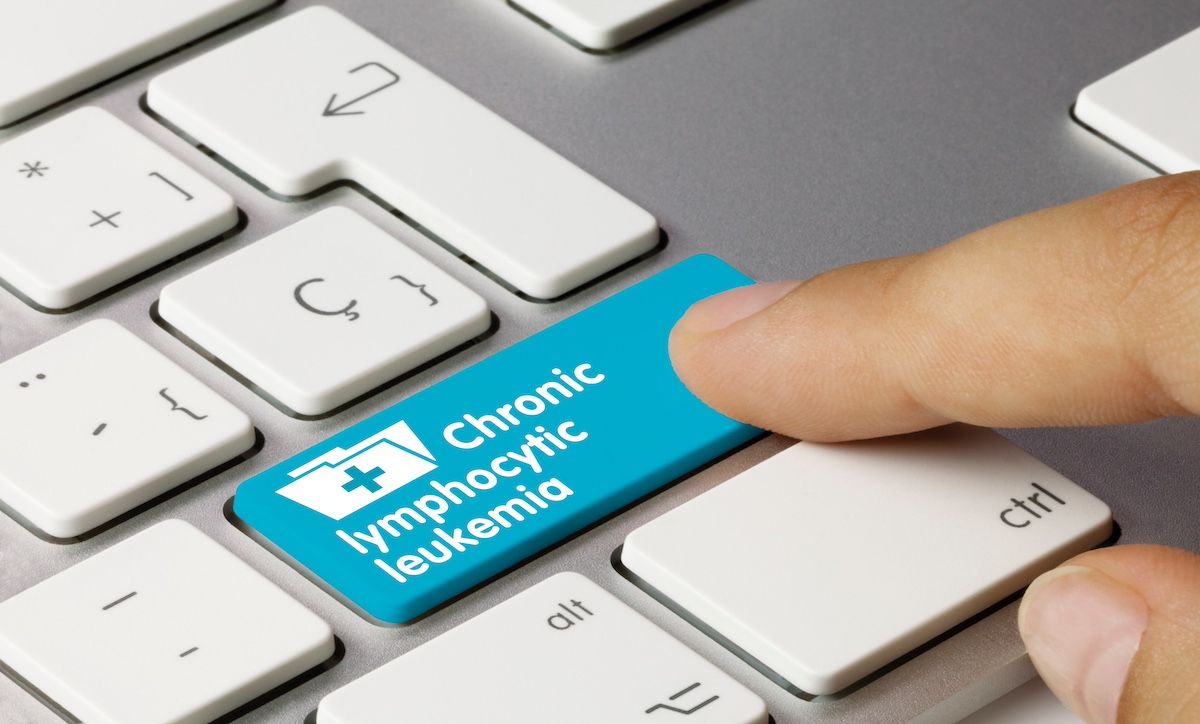News
Article
Targeted Combinations, Cellular Therapies, and Bispecific Antibodies Forge a New Path in CLL Management
Author(s):
An overview of the treatments for chronic lymphocytic leukemia (CLL) and novel therapies on the horizon, including double and triple combination therapies, cellular therapies, and bispecific antibodies.
Chronic lymphocytic leukemia (CLL), a hematologic malignancy characterized by the accumulation of abnormal lymphocytes in the blood and bone marrow, has witnessed a significant shift in its treatment landscape over the past decade. The advent of several targeting agents specific to CLL cells has marked a crucial turning point, with treatments transitioning from chemoimmunotherapy (CIT), which was limited to certain patients, to the more advanced continuous single-target drugs, and, most recently, fixed-duration therapy, explained researchers in a new review published in Cancers.
There is a range of novel therapies on the horizon for chronic lymphocytic leukemia.
Image credit: momius - stock.adobe.com

Questions remain about which patients are candidates for continuous treatment rather than FD therapy, as continuous treatment has several concerns regarding adverse events, long-term safety, and resistance. Combination therapies incorporating targeted agents such as Bruton tyrosine kinase (BTK) inhibitors and anti-CD20 monoclonal antibodies (mAbs) have demonstrated superior efficacy and tolerability compared to conventional CIT regimens while significantly extending progression-free survival (PFS) rates and overall survival (OS) compared to standard treatments. They also address critical concerns about long-term toxicities and the emergence of protein mutations, paving the way for a more effective and safer treatment landscape.
When examining the available data, the authors propose, “Combinations of a [BTK inhibitor] plus venetoclax as a fixed-duration therapy will be the standard of care for most patients with CLL, while continuous therapy will be likely limited only to high-risk and/or unfit patients.”
Fixed-duration regimens have been explored using venetoclax with either an anti-CD20 monoclonal antibody (such as rituximab or obinutuzumab) or a BTK inhibitor (such as ibrutinib, acalabrutinib, or zanubrutinib) in trials such as VERITAS, CLL13, and CAPTIVATE. In the VERITAS trial, a 12-month fixed duration of venetoclax and rituximab yielded a 95% response rate, with a notable 76% complete remission (CR) rate among young, fit patients with high-risk features. In patients with relapsed/refractory (R/R) CLL, studies such as VISION, IMPROVE, and CLARITY have focused on evaluating treatment with ibrutinib plus venetoclax.
Cellular therapies like CAR T cells have shown promise, particularly in patients with disease progression post-BTK and BCL2 inhibitors. Lisocabtagene maraleucel (liso-cel) was studied in the TRANSCEND CLL 004 study and achieved a response rate of 44%, with 20% achieving CR. Liso-cel has recently received accelerated approval from the FDA to treat R/R CLL or small lymphocytic lymphoma (SLL).
New cellular therapies and bispecific antibodies (BsAbs) are in phase 1 and 2 trials with encouraging results. BsAbs agents represent a new class of immunotherapeutic drugs. T-cell engagers (TCEs) are a subclass of BsAbs and work on a similar mechanism as CAR T-cell therapy without the need for previous T-cell manipulation. Early phase studies of new agents such as mosunetuzumab and epcoritamab are demonstrating efficacy in previously treated, high-risk CLL patients.
The role of triple combinations in CLL treatment is not yet clear. Triple therapy combinations involve a BTK inhibitor, a BCL2 inhibitor, and CD20-targeting mAbs. So far, the results of triple therapy combinations in both untreated CLL and R/R CLL patients appear to be similar to those seen with double combination therapy. However, these combinations are still under investigation, especially for patients with high-risk markers, such as abnormal TP53 or complex karyotype.
Alongside changes in treatment, minimal residual disease (MRD) has emerged as a critical measure to tailor cessation and re-initiation of therapy. The authors have highlighted its future role, stating that “In the future, a MRD-guided treatment cessation and MRD-based re-initiation of targeted therapy seems to be a more feasible approach, allowing identification of the patients who might benefit from continuous therapy or who might need a consolidation with BsAbs or CAR T cells to clear the neoplastic clone.”
References
1. Visentin A, Frazzetto S, Trentin L, Chiarenza A. Innovative combinations, cellular therapies and bispecific antibodies for chronic lymphocytic leukemia: a narrative review. Cancers. 2024; 16(7):1290. doi:10.3390/cancers16071290
2. US FDA approves Bristol Myers Squibb’s Breyanzi as the first and only CAR T cell therapy for adults with relapsed or refractory chronic lymphocytic leukemia (CLL) or small lymphocytic lymphoma (SLL). News release. Bristol Myers Squibb. March 14, 2024. Accessed April 25, 2024.




